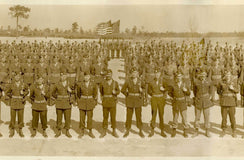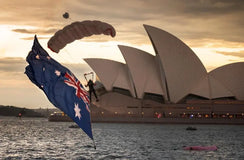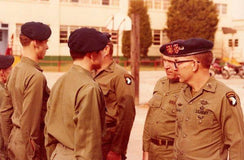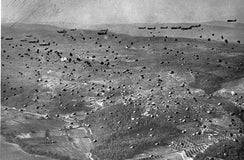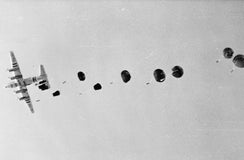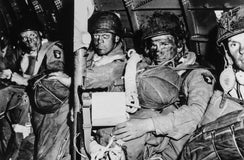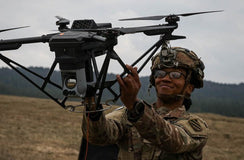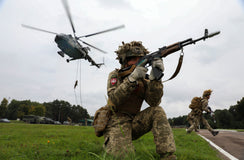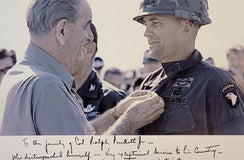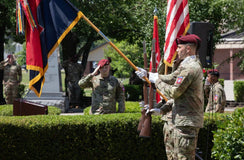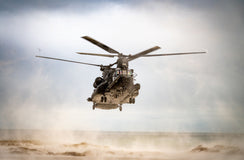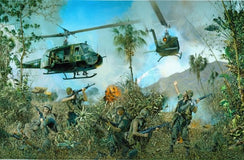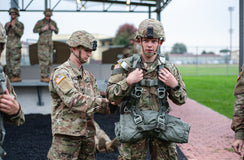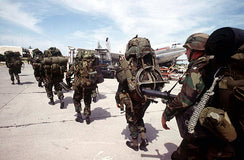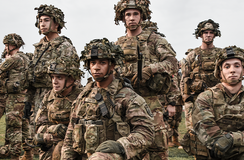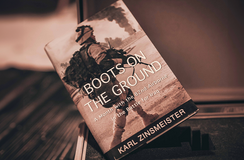A Brief History: The Airborne Forces of Australia
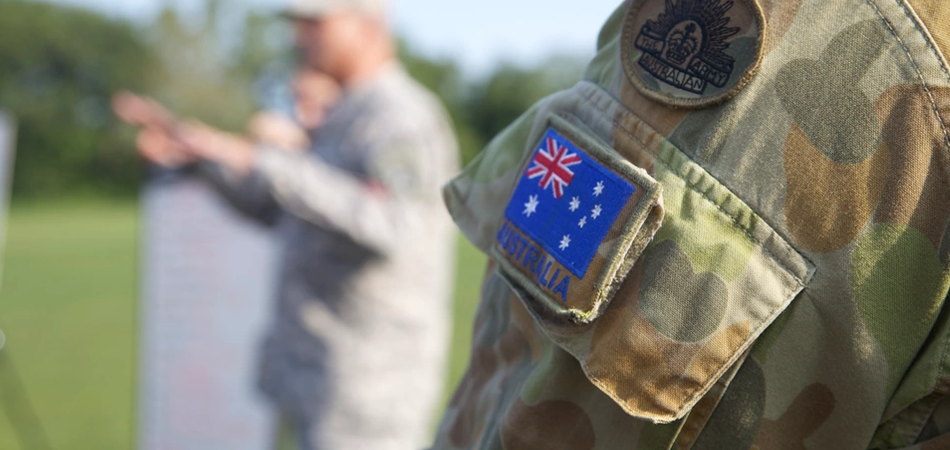
The Australian airborne forces have a long and proud history, dating back to the Second World War. After the war, the airborne forces were disbanded, and the Australian Army did not have an airborne capability for nearly two decades. Let's explore the rich origins of the Australian airborne forces and how they made a mark in the annals of history.
The Birth of the 1st Parachute Battalion
During the Second World War, Australia didn't have any parachute operations capability, just like the British Army did back then. But as the war escalated and the effectiveness of such military tactics was proven by the German forces, it pushed the government to develop their own airborne forces. In November 1942, the Paratroop Training Unit (PTU) was conceived, which led to the formation of the 1st Parachute Battalion in August 1943. To support this newly formed group, an airborne artillery battery and engineer troop were also raised. The PTU developed many techniques for the aerial delivery of supplies. The 1st Parachute Battalion was organized with a couple of sub-units, including:
Battalion Headquarters
- Battalion Headquarters Company
- 'A' Company
- 'B' Company
- 'C' Company (from October 1943)
- 'D' Company (from June 1944)
- 1st Parachute Troop, Royal Australian Engineers
- 1st Mountain Battery (from August 1944).
The 1st Parachute Battalion was able to reach its full strength and potential in a year's time. While everything looks all set and ready, the 1st Parachute Battalion actually never saw action during the war. There were some close calls where they were alerted for a possible rescue of POWs held at Sandakan during the last year of WWII, but they were never deployed. In 1946, the battalion was disbanded after a very brief participation in the reoccupation of Singapore.
Rebirth Under the Royal Australian Regiment and the Air Force
In October 1951, the Airborne Platoon was formed under the Royal Australian Regiment (RAR). At this time, their role was similar to the PTU and was mainly used to develop parachute and special forces techniques. They did not have any operational role.
While the Airborne Platoon was formed, another group was created under the Royal Australian Air Force (RAAF) and was called the Parachute Training Wing. This group was responsible for the parachute training and education for Australia's Army, Air Force, and Navy personnel. A number of special forces units were formed in Australia during the 1950s to provide parachute capability for the country in the event of an emergency. The two reserve Commando Companies were among these units.
Parachute Infantry in the Australian Army
The parachute training units in the RAAF were eventually turned over to the army in 1974 and were renamed the Parachute Training School (PTS). The Airborne Platoon was also transferred and became a sub-unit of the PTS, where they assisted in training the personnel.
A few years later, the Army formally revived its parachute infantry capability, which eventually led to the formation of the Parachute Battalion Group. This group consisted of an artillery battery, signals detachment, engineer troop, and medical support, which included a parachute surgical team.
Australian Airborne Forces Today
After several decades, the PTS still remains today and was later renamed the Australian Defense Force Parachuting School in 2019. The Army's parachute capability was also transferred from Forces Command to Special Operations Command, which meant that the Army no longer had a conventional parachute capability.
Conclusion
The history of the airborne forces of Australia provides an interesting case study of the development of airborne warfare and its application in military operations. Today, the airborne forces are still an important part of the Australian Special Operations Command and are poised to play an even larger role in future conflicts.


